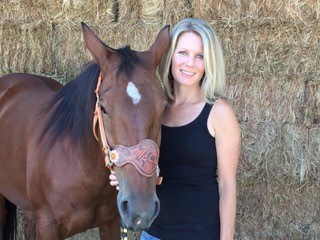Results of Standing Fracture Repair in Racehorses Examined
- Topics: Article
The inherit risks and costs associated with general anesthesia have led to an increase in the number of surgical procedures performed under standing sedation. Risks of general anesthesia include injury during recovery, cardiorespiratory collapse, and reduced blood flow, among others.
This type of surgery appears to offer advantages for the horse, the surgeon, and the owner, leading a pair of veterinarians from Rossdales Equine Hospital in Newmarket, England, to evaluate standing fracture repair outcomes.
Richard Payne, BSc, BVSc, CertES, Dipl. ECVS, MRCVS, a surgeon and partner, and Polly Compston, BSc, BVM&S, MRCVS, a resident in clinical research, studied the short- and long-term results of fracture repair performed under standing sedation on 34 racehorses.
"The only fractures that can be repaired in a standing horse are nondisplaced ones–where the bone hasn't moved along the fracture line," Compston explained. "Additionally, only specific fracture sites can be repaired in the standing horse–those that have available surgical access
Create a free account with TheHorse.com to view this content.
TheHorse.com is home to thousands of free articles about horse health care. In order to access some of our exclusive free content, you must be signed into TheHorse.com.
Start your free account today!
Already have an account?
and continue reading.

Related Articles
Stay on top of the most recent Horse Health news with

















